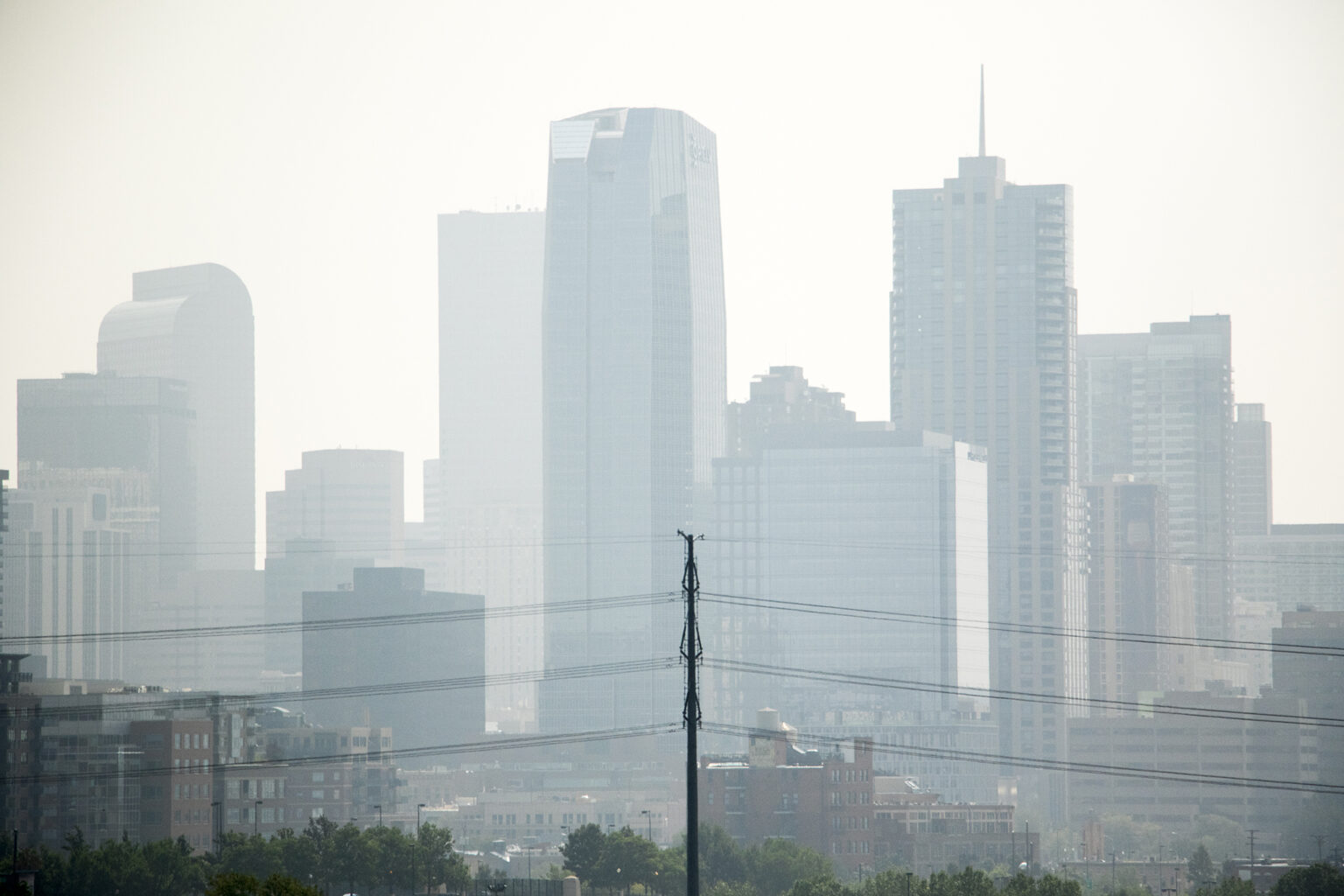Between the dangerous heat baking texas and the southeast, and the wildfire smoke filling the skies throughout the upper midwest and into the mid-atlantic, people across a huge part of the united states have been seeking relief from the outside world in recent days.
the two threats this week aren’t connected directly. but a common factor is adding to their capacity to cause misery.
human-caused climate change is turning high temperatures that would once have been considered improbable into more commonplace occurrences. and it is intensifying the heat and dryness that fuel catastrophic wildfires, allowing them to burn longer and more ferociously, and to churn out more smoke.
climate change is “the elephant in the room” that is worsening wildfires and their effects on air quality, said john c. lin, a professor of atmospheric science at the university of utah. as this year’s canadian blazes have shown, climate-related disasters are becoming international affairs, not just local or regional ones, dr. lin said.
the weather has always been a combination of mild norms and occasional extremes, but the burning of fossil fuels is loading the dice in favor of weather on the warmer end.
apart from the daily temperature records that parts of texas have set this month, john nielsen-gammon, the texas state climatologist, said he had also been looking at the places that have broken records for their hottest weeks.
almost all of southern and western texas’ hottest seven-day periods have occurred in the past few decades, he said, a sign of how global warming is making heat waves like those that are familiar to texans in summertime hotter than they would be otherwise.
“while the skeptics like to point to the all-time individual maximum temperature records not having been set recently, any other temperature metric you look at is showing prominent increases, which includes persistent heat in the case of texas,” said dr. nielsen-gammon, who is also a professor of atmospheric science at texas a&m university.

